As we stand quietly with binoculars raised, there’s a profound transformation happening in the world of birdwatching. The connection between native plants and bird populations isn’t just changing how birds survive—it’s revolutionizing how we observe, support, and connect with our feathered neighbors. Native plants provide more than just a pretty landscape; they offer essential habitat, abundant food sources, and secure nesting sites that commercially popular non-native plants simply cannot match. This growing understanding has sparked a movement among birdwatchers who are increasingly putting down their binoculars to pick up shovels, replacing traditional gardens with native plant havens that naturally attract diverse bird species. The result is a new approach to birdwatching that combines conservation, habitat restoration, and observation in ways that benefit both birds and the humans who love them.
The Ecological Foundation: Why Birds Need Native Plants
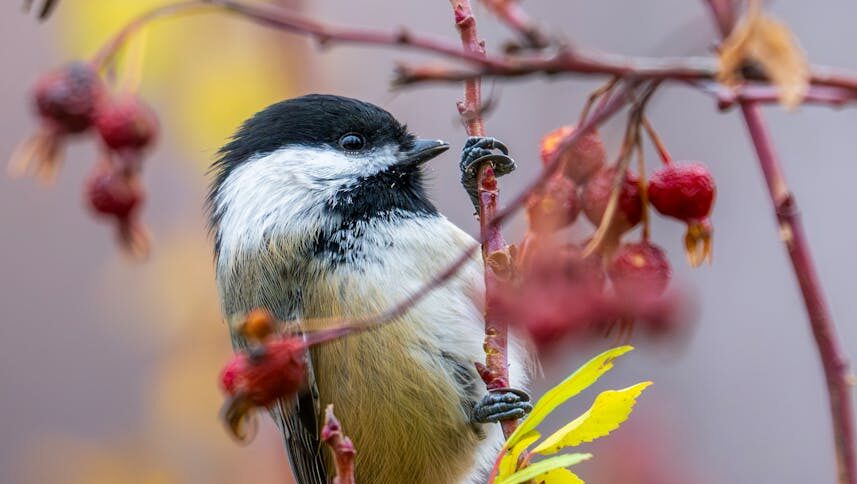
Native plants and birds share an evolutionary history spanning thousands of years, creating intricate relationships that non-native species cannot replicate. Research by entomologist Doug Tallamy reveals that native trees and shrubs support up to 35 times more caterpillar species than non-natives—a critical finding since caterpillars are essential food for nesting birds and their young. A single chickadee pair needs between 6,000-9,000 caterpillars to raise one brood of nestlings, demonstrating the critical importance of these insect-plant relationships. Beyond insects, native plants produce berries and seeds that ripen exactly when resident and migrating birds need them most, creating a perfectly synchronized natural feeding schedule. These plants also provide structurally appropriate nesting sites that match birds’ instinctual preferences, offering the right branch arrangements, heights, and protective cover that birds have evolved to seek.
The Decline of Bird Populations and the Native Plant Solution
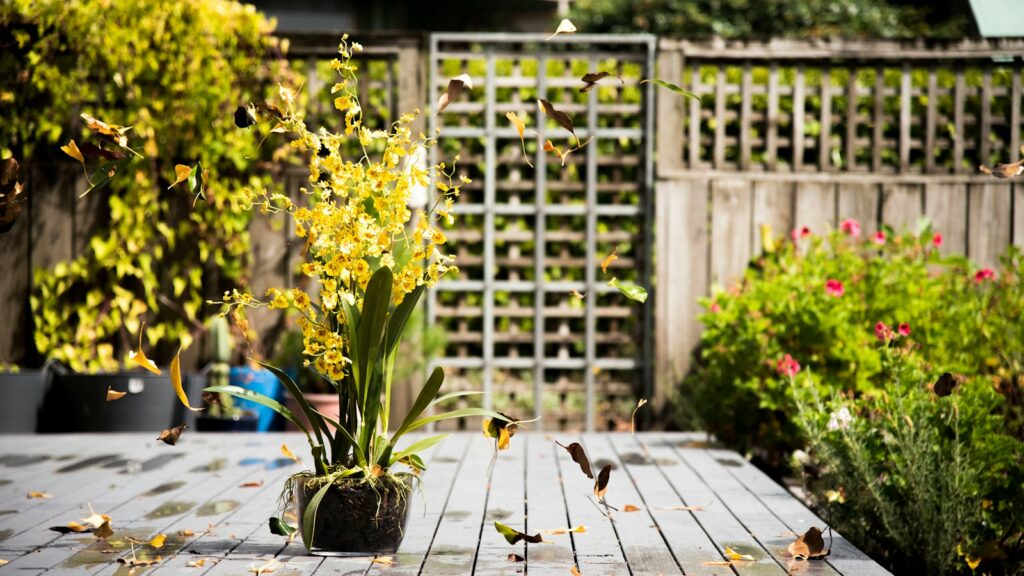
North America has lost nearly 3 billion birds since 1970—a staggering 29% decline that has alarmed scientists and bird enthusiasts alike. Habitat loss stands as the primary culprit, with development converting natural landscapes into human-dominated environments filled with non-native ornamental plants that offer little ecological value. Traditional landscaping practices have inadvertently created “food deserts” for birds, with vast expanses of lawns and exotic plants failing to support the insect populations birds depend upon. Native plant gardening directly addresses this crisis by creating functional ecosystems even in urban and suburban environments. Research from the Smithsonian Migratory Bird Center demonstrates that yards with at least 70% native plant biomass support significantly more bird species and higher breeding success, providing measurable evidence that individual gardening choices matter. The solution scales remarkably well—from apartment balconies to extensive suburban yards—making it accessible to nearly everyone who wants to help birds thrive.
Backyard Birding: The New Front Lines of Conservation
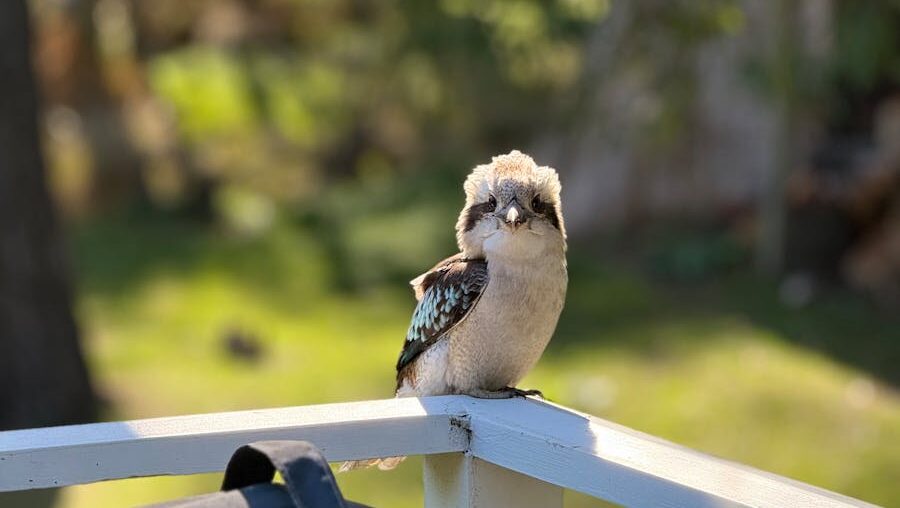
Birdwatching has traditionally been an observational hobby, but native plant enthusiasm has transformed many passive observers into active conservationists. This shift represents one of the most significant evolutions in the birdwatching community in decades, with binoculars now frequently accompanied by gardening gloves and plant catalogs. Conservation organizations like the National Audubon Society have embraced this change through programs like “Plants for Birds,” which connects bird enthusiasts with resources for creating bird-friendly habitats using regionally appropriate native species. Citizen science projects such as the Cornell Lab of Ornithology’s “Yard Map” allow birdwatchers to document bird activity in native plant gardens, contributing valuable data while enjoying enhanced birdwatching experiences. This participatory approach gives birdwatchers agency in addressing conservation challenges, transforming potential eco-anxiety into meaningful action that produces visible, tangible results as birds respond to habitat improvements.
The Year-Round Birdwatching Experience
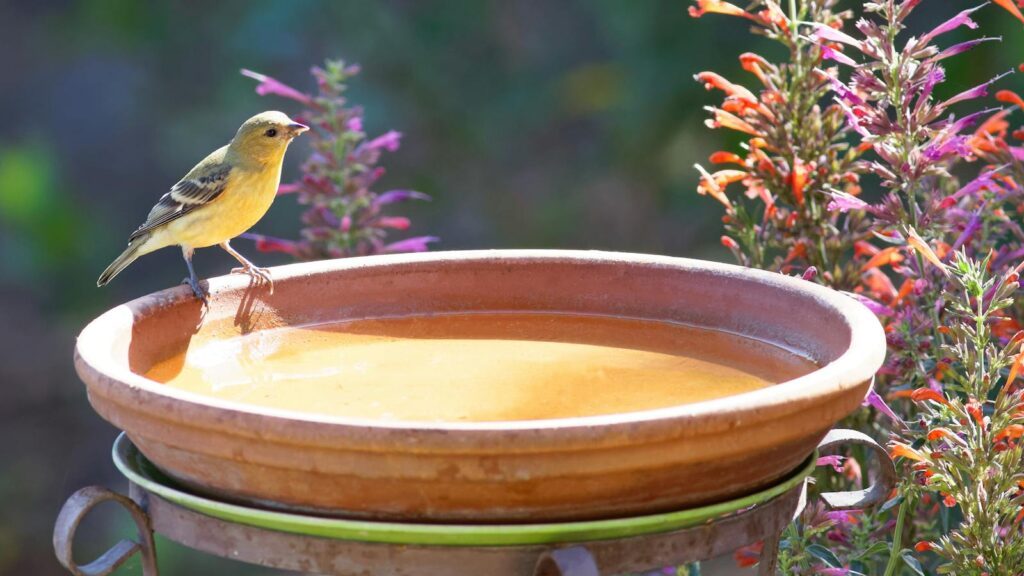
Native plant gardens extend quality birdwatching beyond traditional migration seasons by providing resources throughout the year. Spring brings nesting activity with birds gathering plant fibers and constructing nests in structurally appropriate native shrubs and trees, creating intimate viewing opportunities impossible in traditional birdwatching settings. Summer reveals parent birds making countless trips to native plants to gather insects for hungry nestlings, allowing observers to witness rarely-seen feeding behaviors. Fall migration becomes more spectacular as native berry-producing plants like dogwoods, elderberries, and viburnums attract fruit-loving migrants that might otherwise pass overhead unnoticed. Even winter—traditionally a slower birdwatching season—comes alive as seed-bearing native plants like coneflowers, sunflowers, and native grasses attract goldfinches, sparrows, and other winter residents that provide color and movement during the dormant months. This year-round activity transforms birdwatching from an occasional outing to a continuous connection with nature.
Specialized Bird-Plant Relationships
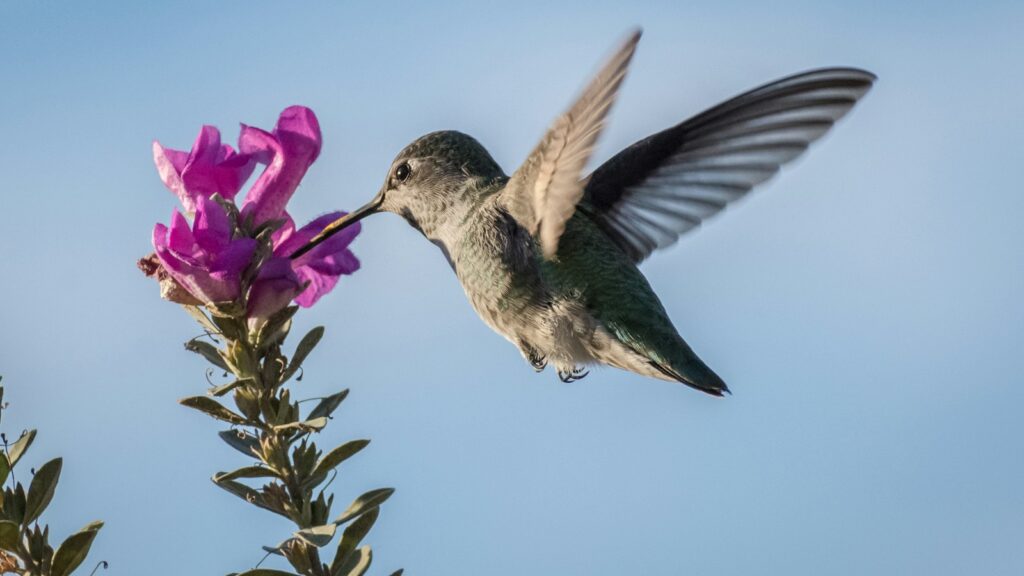
Certain bird species have evolved such specialized relationships with native plants that they simply cannot thrive without them, creating fascinating observation opportunities for informed birdwatchers. The striking relationship between hummingbirds and native plants like cardinal flower, bee balm, and native columbines demonstrates co-evolution at its finest, with the birds’ bills perfectly matching the flowers’ shapes. Cedar waxwings time their breeding season to coincide with the ripening of native fruits, with their young fledging just as serviceberries and dogwood fruits reach peak availability. Yellow warblers specifically seek out native willows and alders for nesting, with their nests constructed to fit the characteristic branch patterns of these riparian species. Perhaps most remarkable is the relationship between the yellow-rumped warbler and northern bayberry—one of the few birds with the specialized digestive system needed to process the waxy coating on these berries, allowing these warblers to winter farther north than other warbler species. These specialized relationships create predictable viewing opportunities when birdwatchers understand the connections.
Community Science: Native Plants Enhance Data Collection
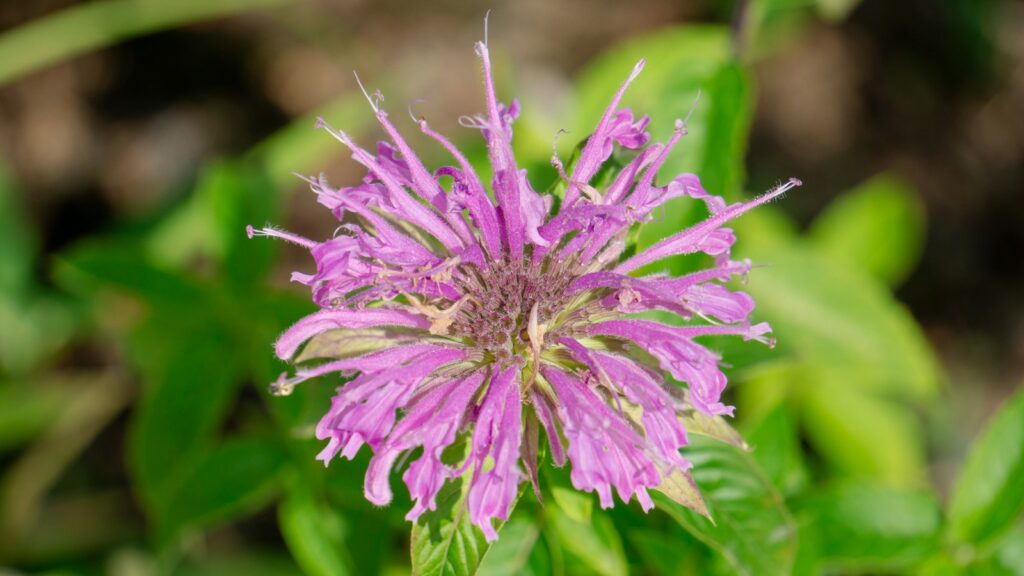
Native plant gardens have become important sites for community science (formerly citizen science), enhancing our collective understanding of bird behaviors and population trends. Homeowners with native plant gardens frequently report more consistent and diverse bird sightings for projects like the Great Backyard Bird Count and eBird, improving data quality and density in residential areas that were previously underrepresented. The Cornell Lab of Ornithology’s NestWatch program receives valuable data from participants monitoring nests in native plant gardens, providing insights into breeding success across different landscape types. Project FeederWatch participants with native plant-rich yards consistently report higher species diversity than those with conventional landscapes, helping scientists better understand winter bird distribution patterns. Perhaps most valuably, these home-based observation sites allow for more frequent monitoring than traditional field surveys, creating continuous data streams rather than periodic snapshots and revealing behavioral patterns that might otherwise go undetected. This democratization of data collection has strengthened ornithological research while making participants feel more connected to scientific efforts.
Native Plant Birdwatching Across Different Habitats
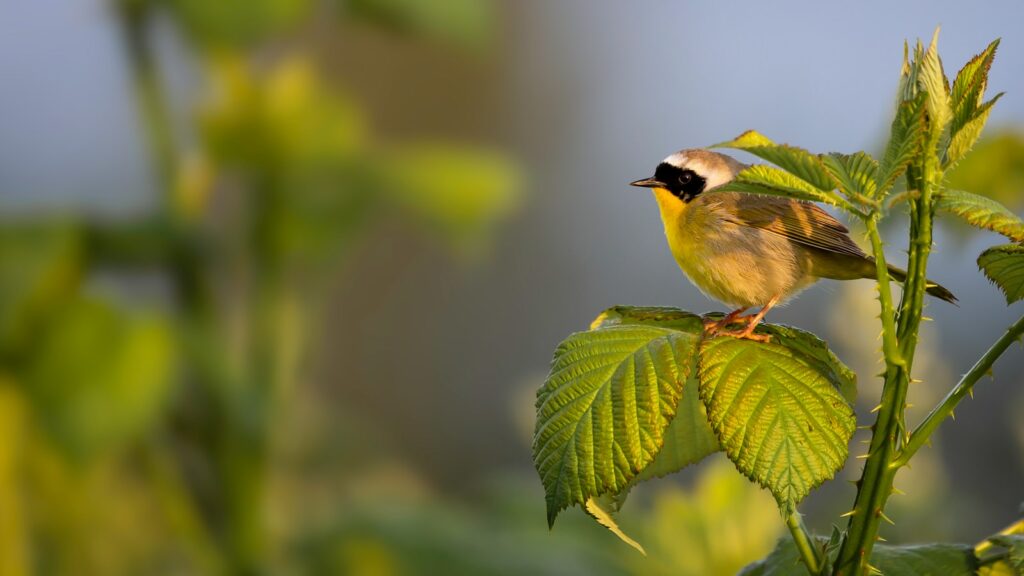
The native plant approach to birdwatching adapts beautifully across America’s diverse ecoregions, creating distinct regional experiences that celebrate local biodiversity. Desert birdwatchers witness thrashers, verdins, and cactus wrens utilizing native plants like saguaro, palo verde, and brittlebush in ways impossible to observe in conventional gardens. Prairie enthusiasts enjoy close encounters with dickcissels, meadowlarks, and sparrows attracted to native grasses and forbs that recreate diminishing grassland habitats. Woodland edge gardens featuring native viburnums, serviceberries, and oaks create hotspots for migrating warblers, vireos, and tanagers that might otherwise remain high in forest canopies. Wetland gardens incorporating native sedges, rushes, and moisture-loving shrubs attract secretive species like common yellowthroats and swamp sparrows that typically remain hidden in less accessible natural wetlands. Each regional native plant palette creates distinctive birdwatching opportunities that connect observers more deeply with their local ecological heritage while providing essential habitat for species adapted to those specific conditions.
Native Plant Photography: Capturing Context
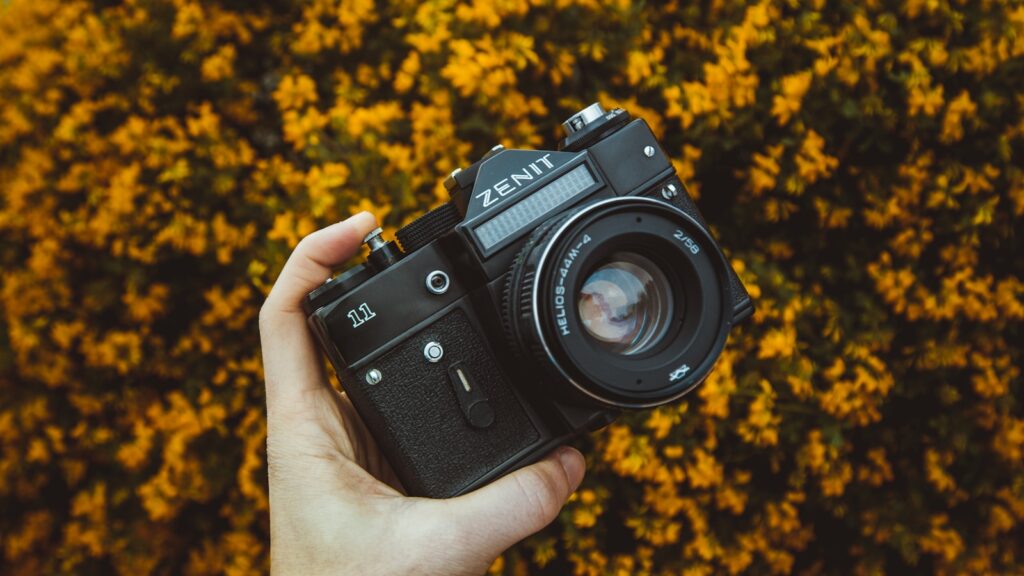
Bird photography has been revolutionized by native plant settings, which provide natural perches and behavioral contexts that create more compelling and scientifically valuable images. Photographers working in native plant environments capture birds engaged in natural behaviors—gathering nesting materials, consuming native berries, or hunting insects among foliage—rather than simply perching on feeders. These contextual images document important ecological relationships, showing precisely which plant species birds utilize and how they interact with them throughout their life cycles. The aesthetic quality of these photographs typically surpasses conventional bird photography, with natural backgrounds and lighting creating more artistic compositions than the artificial settings of feeding stations. Many photographers report that native plant gardens allow for closer approaches as birds become absorbed in natural foraging behaviors, creating opportunities for intimate portraits impossible in traditional birdwatching locations. This photographic evidence also serves an educational purpose, demonstrating to others the tangible benefits of native plant landscaping through compelling visual stories of birds utilizing these resources.
Social Dimensions: Native Plant Birdwatching Communities
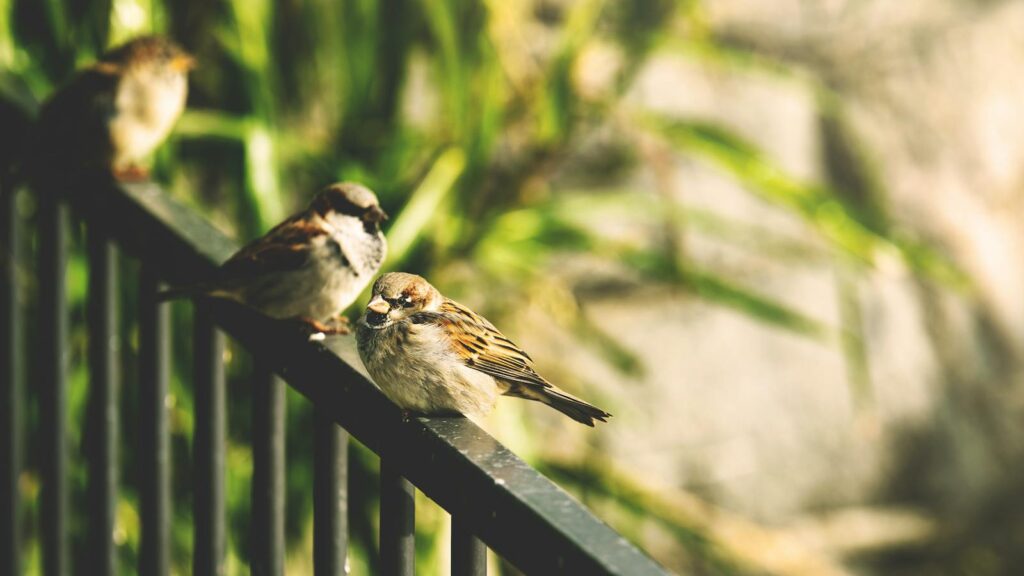
The native plant approach to birdwatching has created vibrant communities that blend traditional birding with habitat restoration, expanding what it means to be a bird enthusiast. Native plant tours and open garden events specifically focusing on bird-friendly landscapes have become popular social activities, allowing participants to observe different implementation strategies and bird responses across various settings. Online communities dedicated to “bird gardening” have exploded in popularity, with platforms like Instagram and Facebook hosting groups where members share bird sightings specifically in the context of the native plants attracting them. Local Audubon chapters increasingly organize native plant sales and workshops alongside traditional field trips, recognizing that habitat creation complements traditional observation activities. Perhaps most significantly, this movement has bridged demographic gaps in the birdwatching community, attracting younger participants and more diverse audiences who connect with the conservation aspect of birdwatching through gardening, even if traditional field birding seemed inaccessible or intimidating. This social dimension has revitalized birdwatching organizations while creating meaningful community connections around shared conservation values.
Economic Impacts: The Business of Bird-Friendly Landscaping
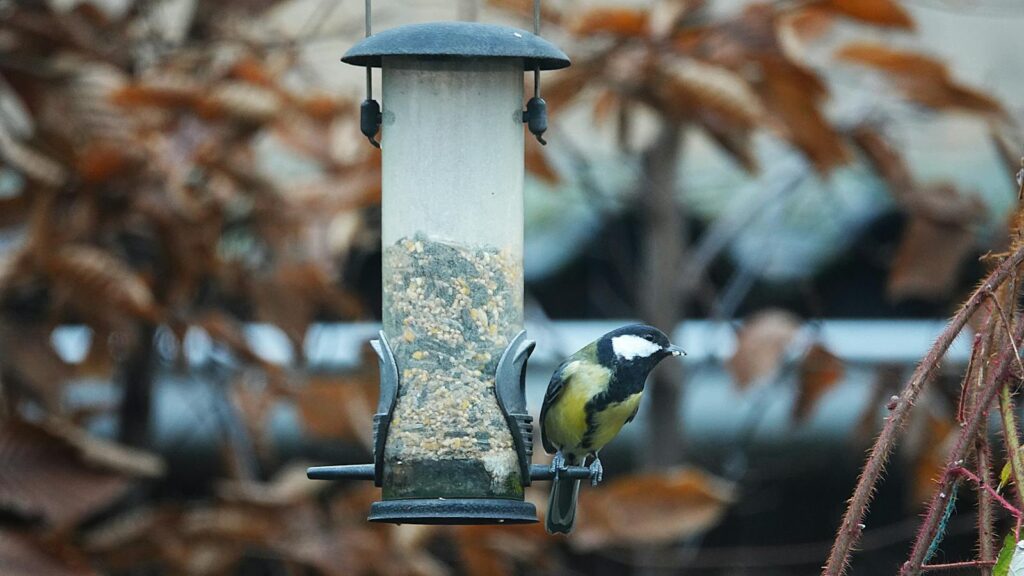
The growing interest in native plant birdwatching has created significant economic ripples throughout the nursery, landscaping, and birding retail sectors. Native plant nurseries report unprecedented growth, with many expanding production to meet demand from birdwatchers seeking to create habitat in their yards. Landscape designers have developed specializations in “birdscaping,” creating design approaches that blend aesthetic considerations with the ecological functions birds require. Bird product retailers increasingly cross-merchandise native plants alongside traditional offerings like feeders and binoculars, recognizing that habitat enhancement complements rather than replaces conventional bird feeding. Tourism destinations have begun promoting their native plant landscaping as a birdwatching amenity, with hotels, nature centers, and parks investing in bird-friendly native plantings to attract both birds and the humans who enjoy watching them. These economic developments demonstrate how conservation-minded birdwatching creates sustainable business opportunities while advancing ecological goals, creating a rare win-win scenario where economic and environmental interests align rather than conflict.
Technology Meets Tradition: Native Plant Apps and Resources
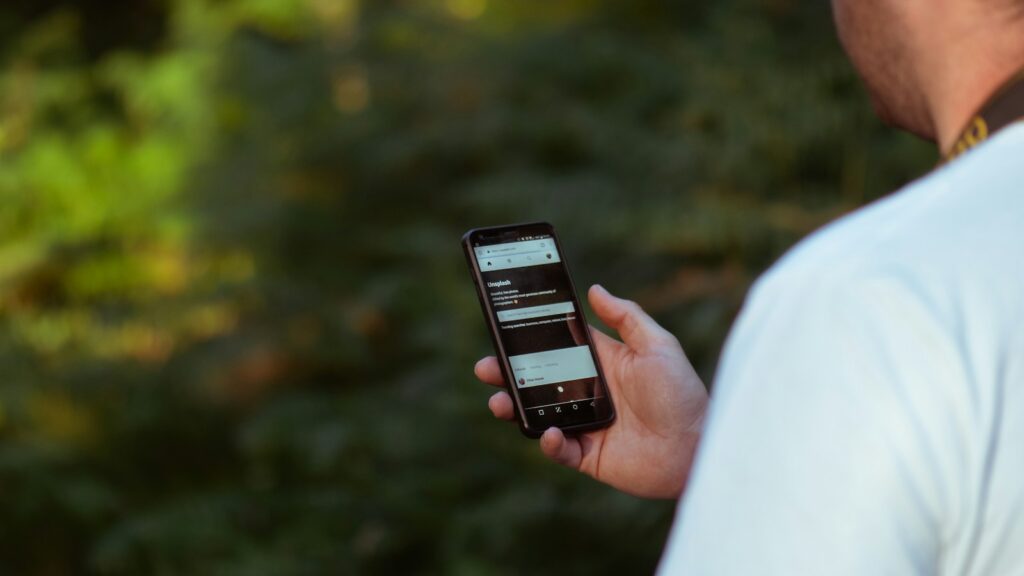
Digital tools have accelerated the native plant birdwatching movement by making specialized knowledge more accessible to casual enthusiasts and serious birders alike. The National Audubon Society’s native plant database allows users to enter their zip code and receive a customized list of native plants that support birds in their specific region, eliminating the guesswork from habitat creation. Mobile applications like iNaturalist help birdwatchers identify the native plants already growing in their observation areas, enhancing understanding of which species are attracting particular birds. The Cornell Lab of Ornithology’s Merlin Bird ID app now includes habitat information highlighting the native plant associations of different bird species, helping users understand ecological relationships. Several plant identification apps have added specific filters for “bird-friendly natives,” reflecting the growing interest in this specialized category of plants among birdwatchers. These technological tools have democratized what was once specialized knowledge held by academic ecologists, allowing everyday birdwatchers to make informed habitat enhancement choices while better understanding the bird-plant relationships they observe.
Educational Revolution: Teaching Bird Conservation Through Plants
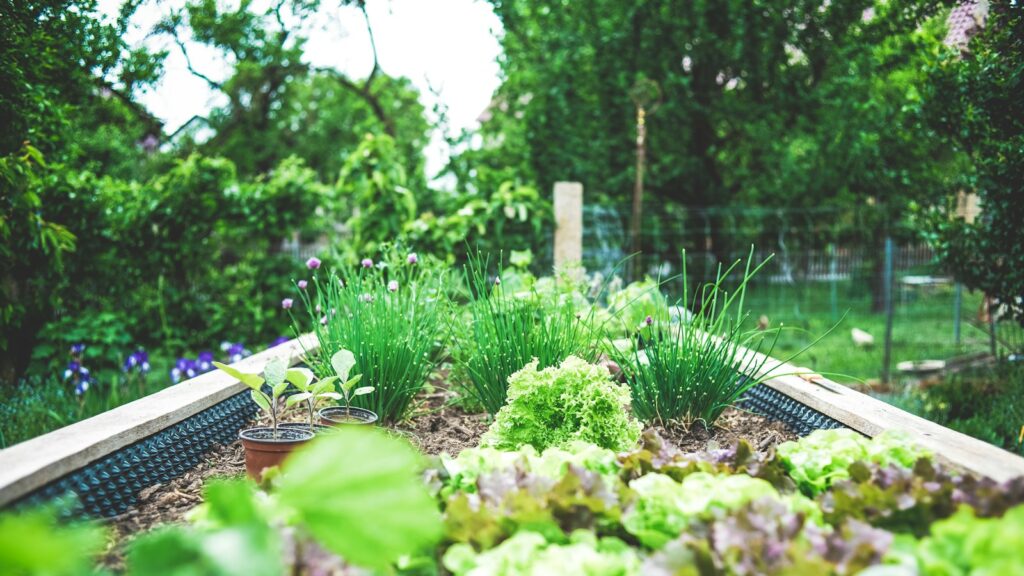
Environmental education programs have embraced the native plant approach to birdwatching as an accessible entry point for cultivating conservation values in people of all ages. School garden programs increasingly feature native plant sections specifically designed to attract birds, creating living laboratories where students can observe ecological relationships firsthand throughout the school year. Birdwatching organizations have developed curriculum materials that connect traditional bird identification skills with habitat knowledge, teaching not just what birds are but what they need to survive. Nature centers have redesigned their grounds to showcase native plant communities labeled with their bird connections, creating self-guided learning experiences that visitors can replicate at home. Master Gardener and Master Naturalist programs have added specialized training tracks focused on bird habitat gardening, creating knowledgeable volunteers who spread evidence-based practices throughout their communities. This educational approach creates deeper ecological understanding than traditional birdwatching alone, helping participants see birds as connected components of ecosystems rather than isolated specimens to be identified and counted.
The Future of Birdwatching: Integration and Innovation
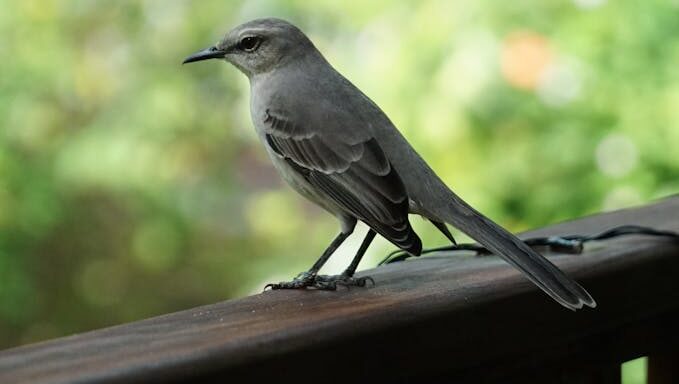
The native plant revolution in birdwatching continues to evolve, pointing toward a future where observation and conservation become increasingly integrated. Climate change considerations are already influencing native plant selection for bird gardens, with forward-thinking birdwatchers planting species that will support birds as ranges shift northward in coming decades. Urban planning increasingly incorporates bird-friendly native landscaping in public spaces, creating continuous habitat corridors that benefit both resident and migratory species while offering enhanced birdwatching opportunities in accessible locations. Conservation organizations are developing certification programs specifically for bird-friendly landscapes, providing recognition and guidance that elevates these efforts beyond individual properties to landscape-scale impact. Perhaps most promisingly, the cultural definition of “beautiful” landscaping is gradually shifting toward ecologically functional native plantings, with bird activity increasingly valued as an aesthetic element alongside traditional visual considerations. This evolution suggests birdwatching will continue moving from a primarily consumptive recreational activity toward a more reciprocal relationship where observers actively contribute to bird conservation through habitat enhancement, creating a sustainable model for human-wildlife interaction in an increasingly human-dominated world.
Conclusion
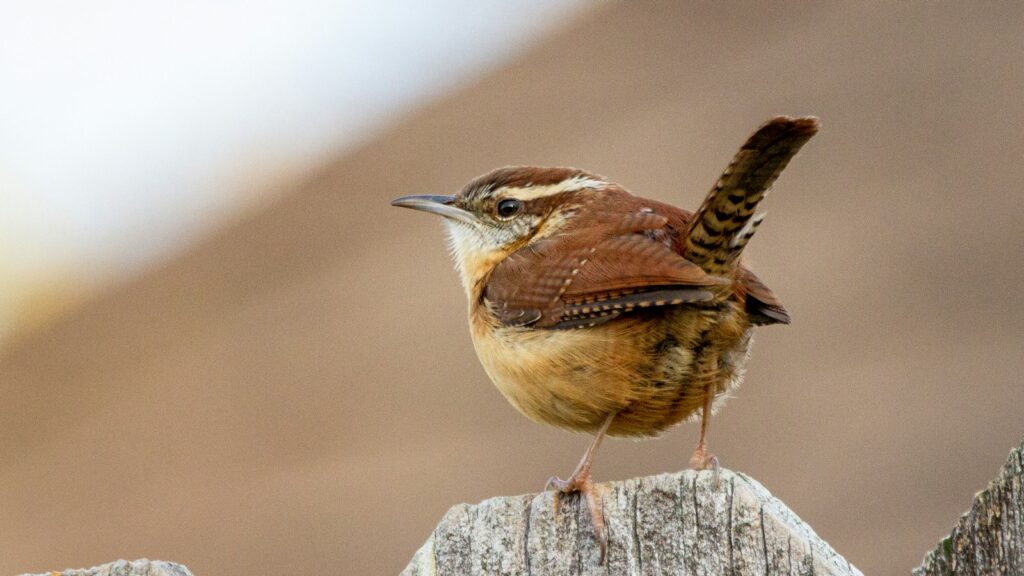
The marriage of native plants and birdwatching represents one of the most significant evolutions in how humans connect with birds in generations. This approach transforms birdwatching from a purely observational hobby into a participatory conservation practice that produces tangible results in our own backyards. As more birdwatchers embrace native plants, they discover a deeper, more intimate connection with birds—observing behaviors rarely seen in traditional settings while actively contributing to species conservation. This shift doesn’t replace traditional birdwatching but rather enriches it, adding ecological understanding and conservation impact to the joy of identification. In a world of concerning bird population declines, the native plant approach offers something increasingly rare and precious: hope through action. The next generation of birdwatchers may well measure their success not just by species counted, but by habitats created and relationships restored between birds and the native plants they’ve always depended upon.
